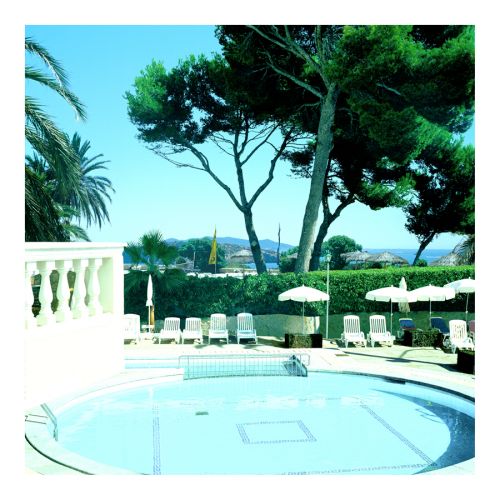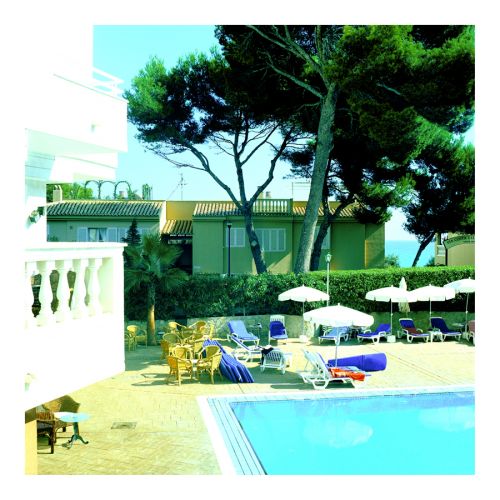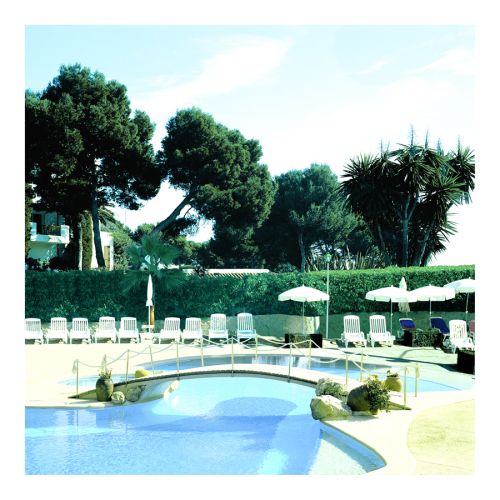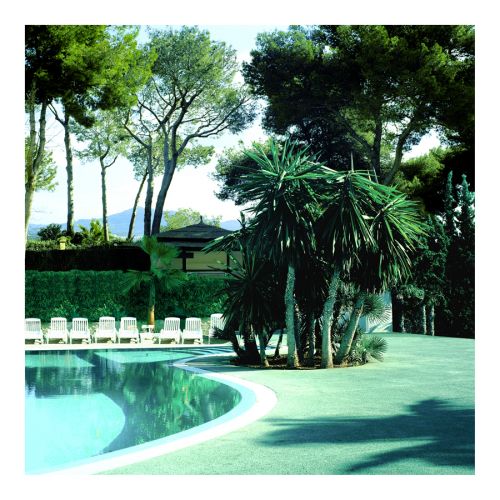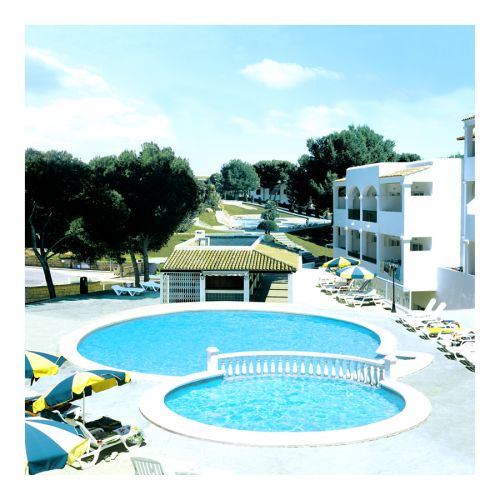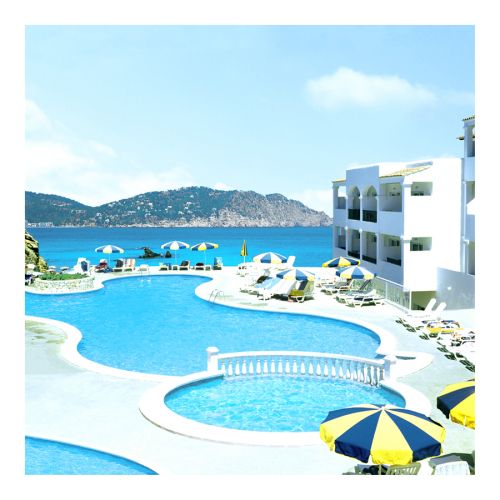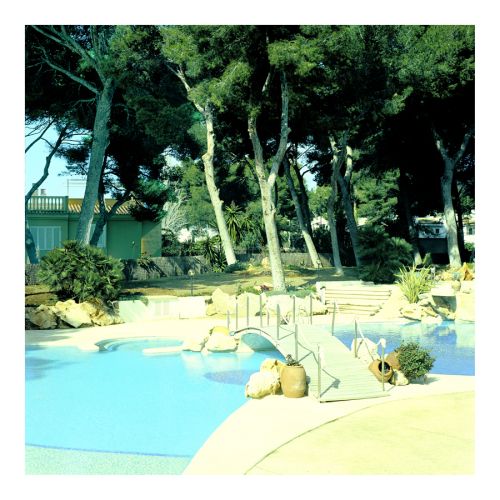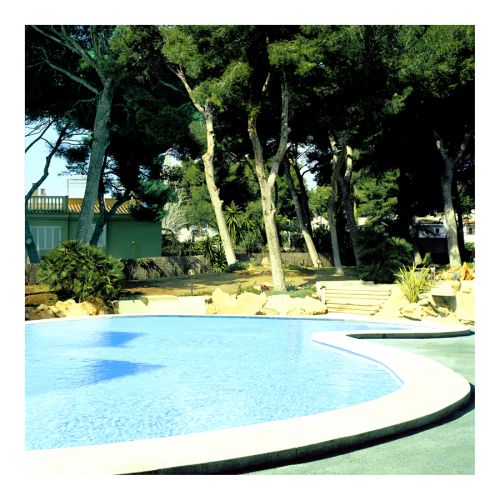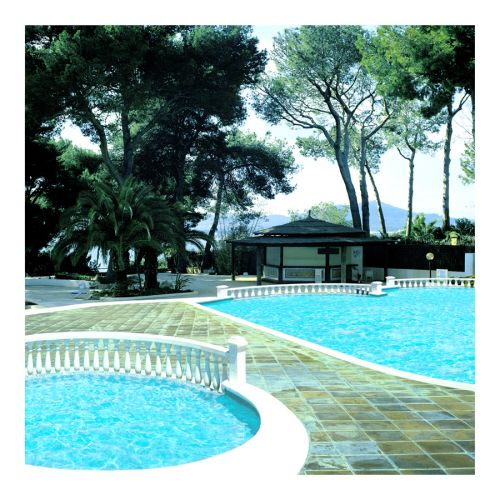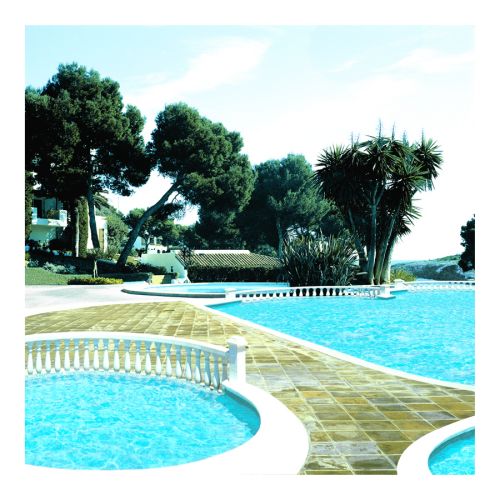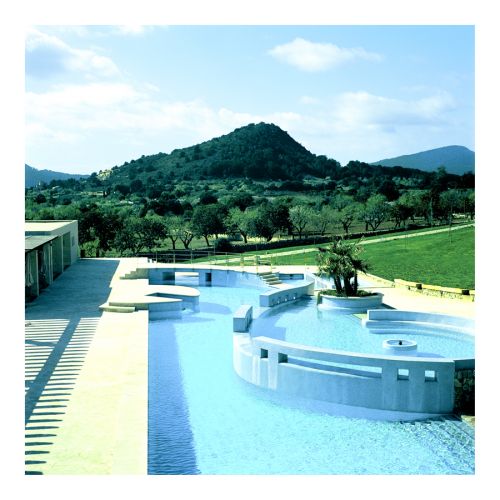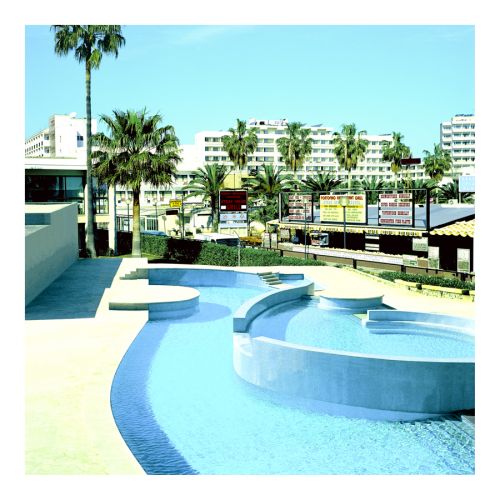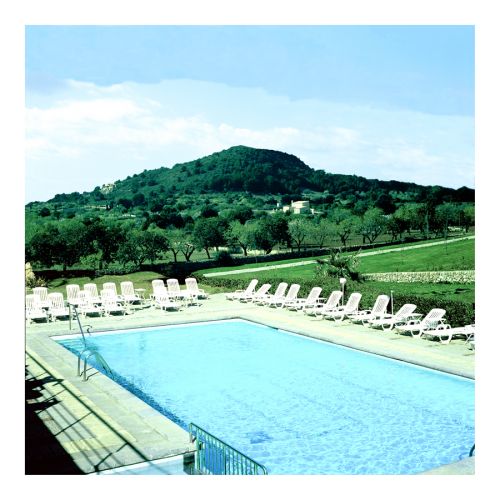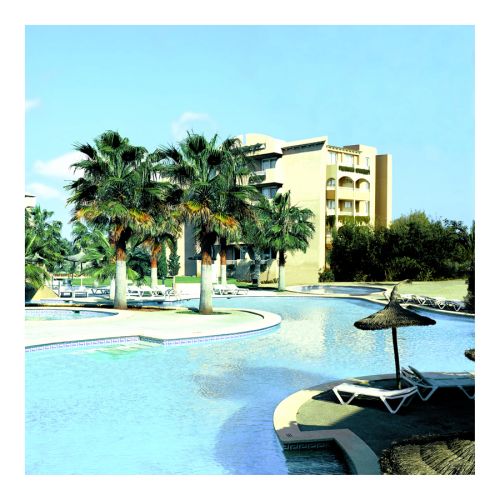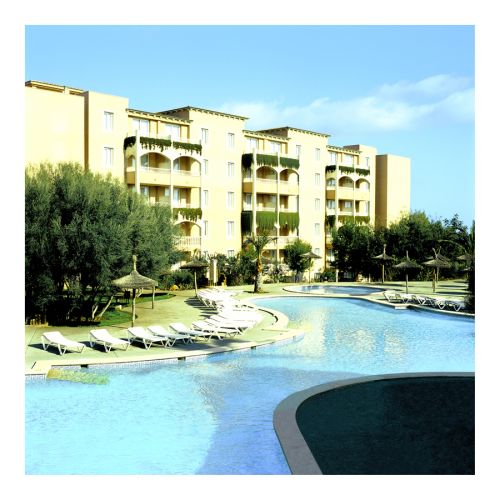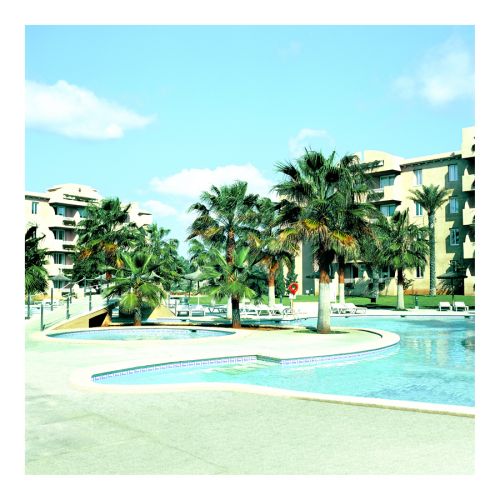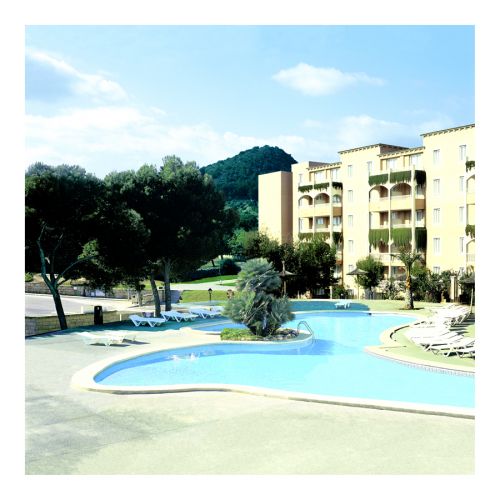MIX
It is precisely this culturally familiar persuasive power of photography that permits it to develop an energy that conversely causes us to measure and regulate reality based on images of it. Advertising and popular media live not least from this normative power of photography: stars are what the photograph - the image - makes of them, not personal reality, with wrinkles, fractures, and peculiarities that could hardly be marketed. The photograph becomes the model of reality. There are certain kinds of landscapes that can probably not be seen except through the lenses of the images that have been made of them. Beaches are one example, and in all geographic zones they have to be adjusted to the ideal of the beaches of the South Seas in order to edify the tourists. Photographs, therefore, not only have a documentary function, but also a high degree of projection: they project their image over reality. In the series Mixes (see pp. 58-65) Ralf Peters is concerned with this aspect of the image. They are photographs of maritime, perhaps southern vacation homes that on closer examination and comparison prove to be projections. For they are clearly assembled from a palette of set pieces that can be recognized in various photographs in the series. There is a round pool with a quasi-baroque balustrade at the upper end (Masera, Ralmara, Tamara, Tana), the hotel building with protruding bays (Melanie, slightly hidden by palms: Aldiane, in mirror reverse: Sonja, and, somewhat clipped: Salina), the same group of trees, not just a similar one, in the background (Tusan, Masera), the same cloudy sky (Melanie, Ramano, Tamara, and, somewhat enlarged, Tana). Peters has mastered the technique of hiding the cracks between these building blocks and fusing them into a visual whole, so that in fact they do look like photographs of existing places that light has captured on film. Although this montage technique would be just as possible in painting, there are no preexisting images to use as component parts that would have to be painstakingly adjusted to an overarching visual optics by technological means and thereby subordinated.
The entire painting is created by applying paint by hand to a surface and is thus artificial from the start. Everything seen in the painting must also have been desired and determined by the artist in just this way. This obligatory despotism on the part of the painting’s author is concealed in photography, or more precisely here the color print (c-print), by the quasi-scientific procedure for creating the image. The smooth, hard surface of the pure illustration that reveals as little as possible the technical effort and its method has greater powers of suggestion than painting. A projection that has been presented in a photograph will create a stronger impression than it would in a drawing or painting or in an animation that was recognizably artificial. Indeed, the paintings in the series Mixes initially look like proposals for potential investors. They lack a very decisive ingredient: they are empty of people, or better: of tourists. A photograph for potential travelers would thus introduce an important bit of pictorial rhetoric: the contented, relaxed (and paying) guest. Clearly this objective for making a decision is taken for granted, so it can then be left out to allow us to judge the homes themselves. Even so, for all the serial character of the Mixes Peters is surely not interested in the typology of vacation homes in the sense of an architectural archeology à la the Bechers. On the contrary, the homes that he shows in his images do not exist (yet) in fact, unlike the gas stations of the Open Studies. There are, of course, certainly similar holiday complexes - unlike the Boxes, the Mixes are not pure visual fantasies - they could exist. What the artist demonstrates here, and it is as impressive as it is entertaining, is primarily the loss of authenticity, of cultural genuineness. Anyone who has spent a vacation at a similarly, artificially located place will surely be struck by the lack of things that actually grew up there, the lack of “real life.” Sometimes the picturesque aspect of a small village with streets, little houses, plazas, public buildings and waterways with bridges is not badly imitated at all. But a vacation club has nothing to do with “real inhabitants,” who would have given shape to their lifestyle over generations. For example, as in socialist model housing colonies, there is, as a rule, no church. They are materialist pseudo paradises from which the real lives of the “natives” are, often enough, explicitly excluded. The planners of these vacation communities not only follow the principle of imitation but also pursue the ambition of improving reality in an artificial work, an idea that is very familiar to European art theory. The open-air swimming pool does not just imitate a lake or a sweeping coastline (and in fact some do speak of poolscapes), it improves on nature. For example, it is available only for guests; it is always at a comfortable temperature; it requires no long paths; and it reduces the dangers of the open sea or of dirty water to a small risk that can be ignored. It is fully tailored to the function of swimming. The artificial thus no longer imitates reality but the other way around: a new reality is created artificially and according to one’s own ideas. Such communities are a focus where one could study the most typical Western conceptions of the better life: from the mentality of all-inclusive supply by way of the legalized dolce far niente (since the compulsion to purchase is suspended) to the egalitarian paradisiacal community.
This representativity is determined by the obligation that the product “holiday at a vacation community” be suitable to the masses, and this in turn demands that the complexes be interchangeable and similar. When Ralf Peters creates his imaginary vacation landscapes from montages of set pieces, he comes closer to the reality of our alternative world of tourism than he would have if he had simply documented existing reality.
